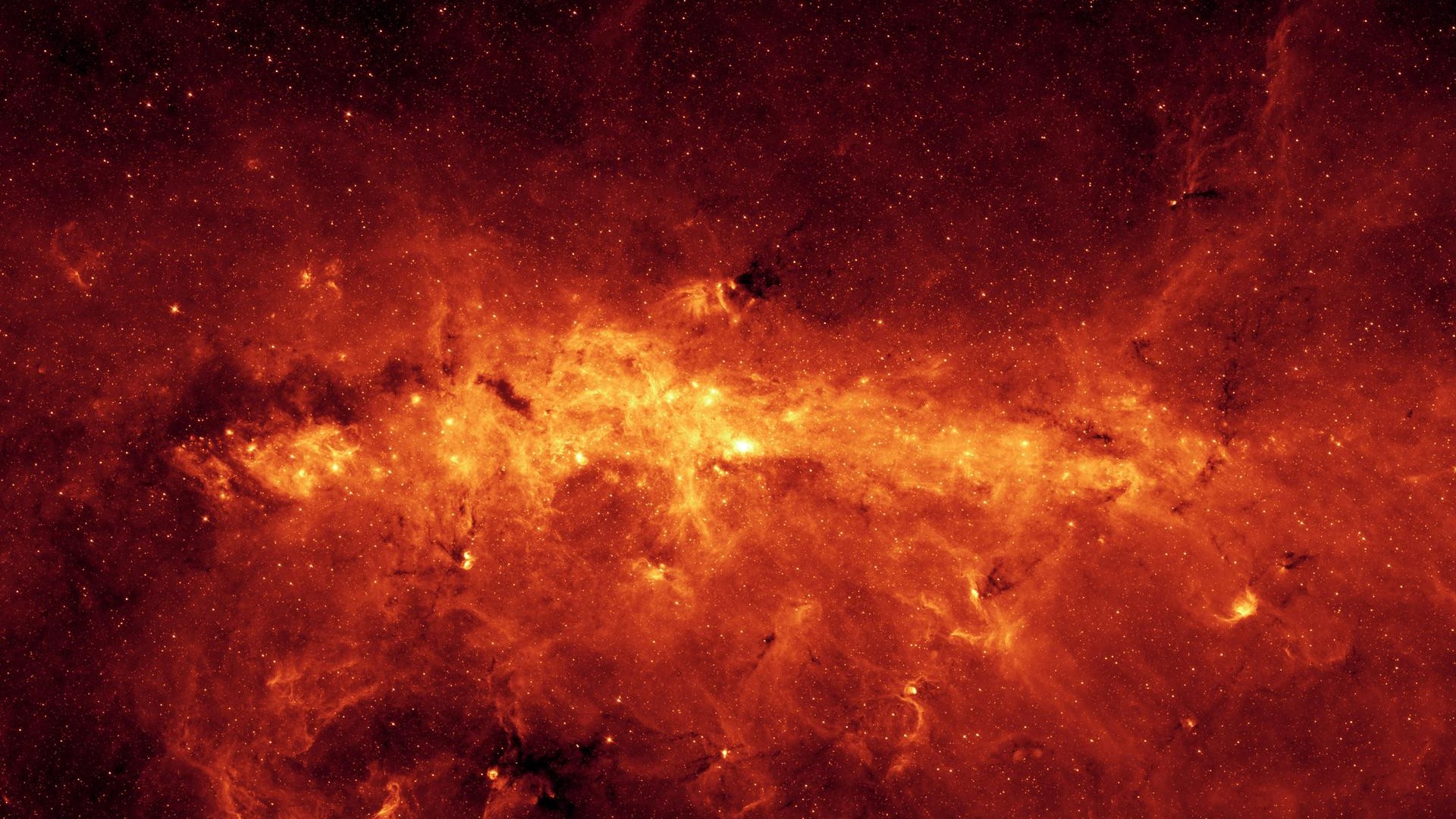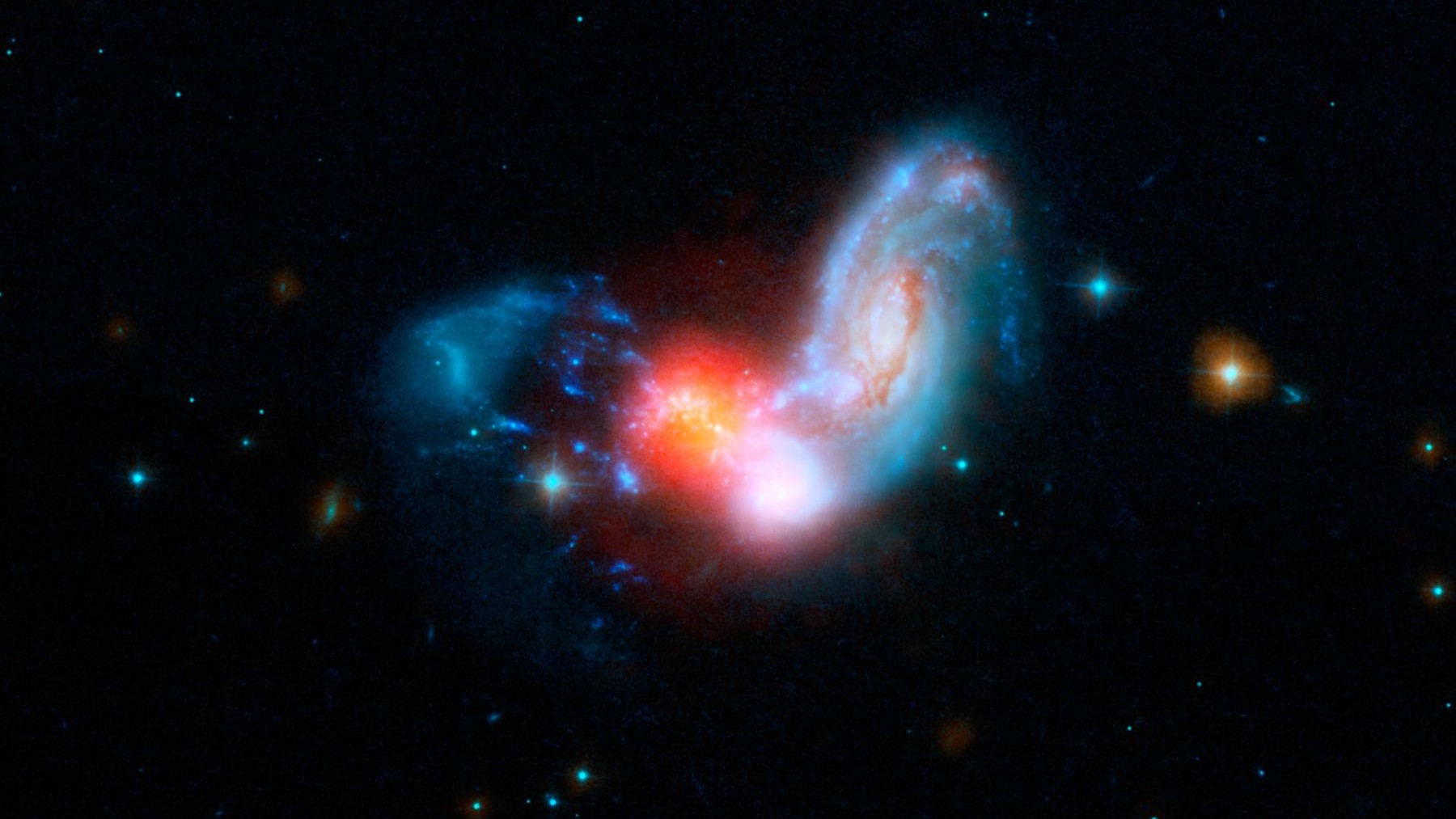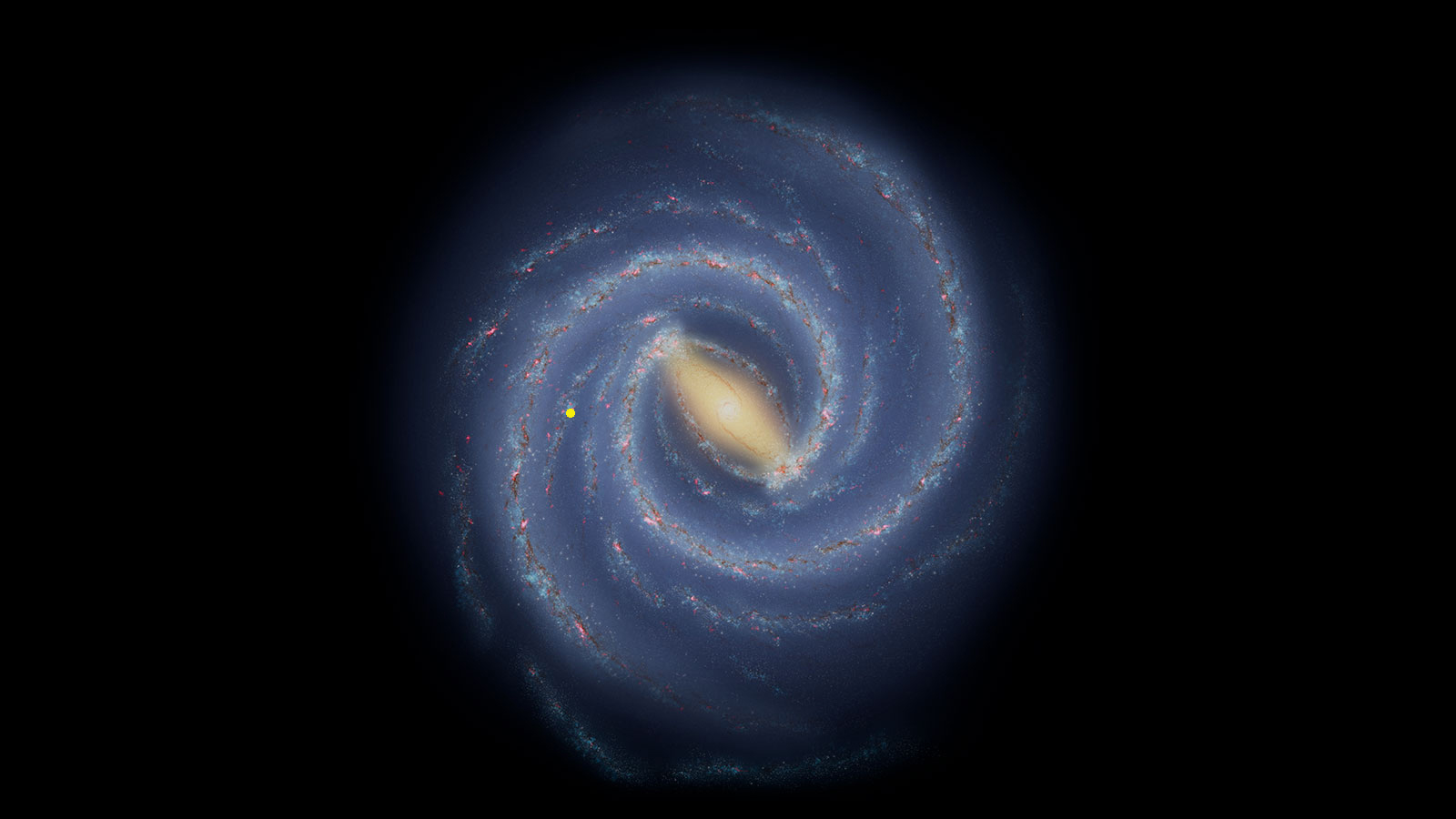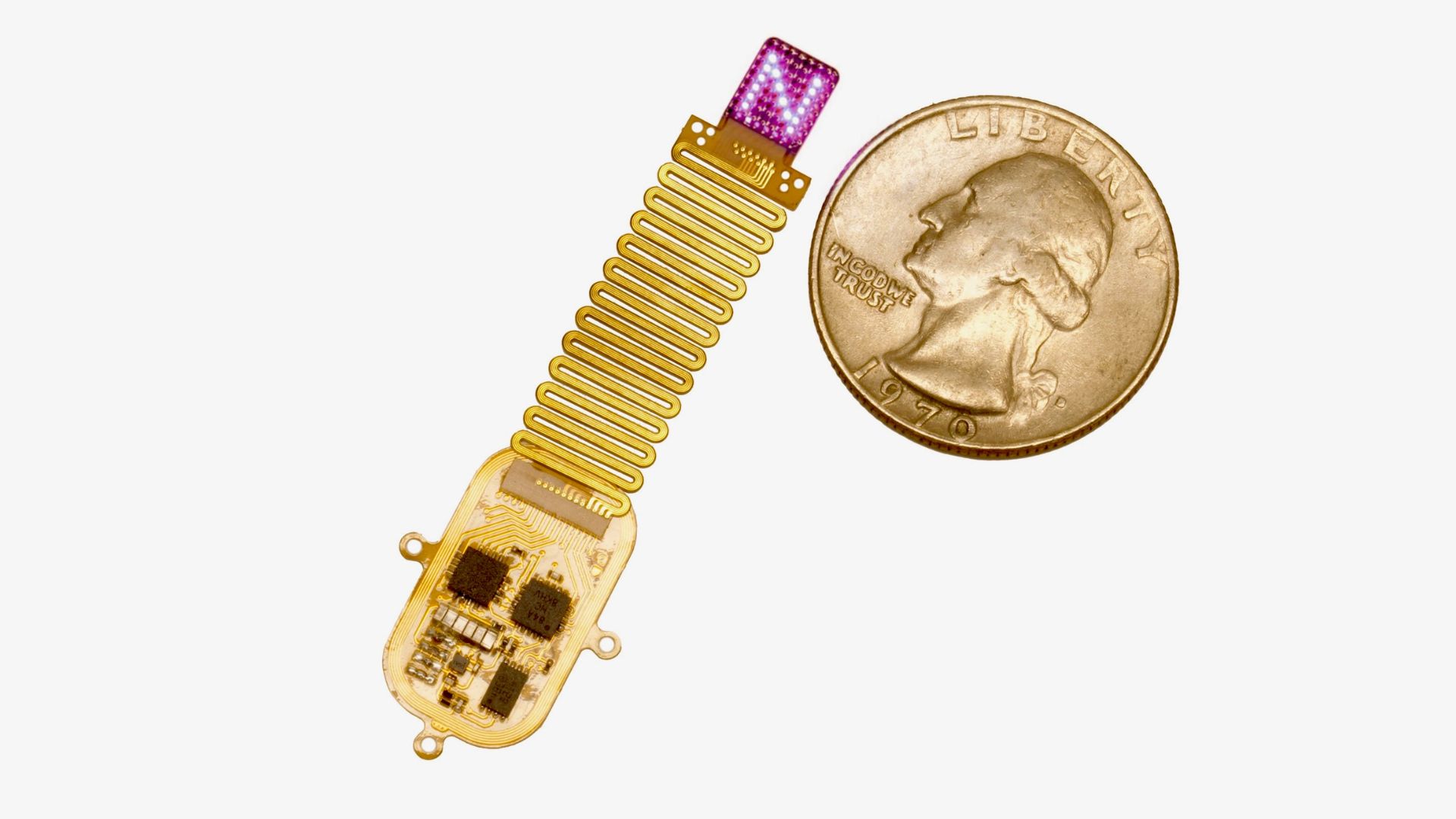How did the Milky Way form?
Our 13 billion-year-old galaxy has gone through many growing pains — usually to the detriment of its smaller neighbors.

The exact origins of the Milky Way are shrouded in mystery. But astronomers believe that our home galaxy started out more than 13 billion years ago, and that it was much smaller than its present-day size. How did it grow so much to reach its current size? For that, we can likely thank eons of galactic cannibalism.
Shrouded beginnings
Astronomers aren't sure exactly how the first galaxies formed, because the early ages of the universe are incredibly difficult to observe. (Observatories like the James Webb Space Telescope are designed to study exactly that epoch.) That said, scientists do have some clues.
The modern-day universe features places of very high density, such as galaxies, and places of very low density, like the voids between galaxies. But all observations indicate that the early universe was very different: There were barely any differences in density across the universe, according to the European Space Agency.
The Milky Way probably started life like any other galaxy — as a tiny clump of matter that had slightly greater density than the cosmic average. This clump was made almost entirely of dark matter, the form of matter that does not interact with light. Because that tiny clump had a little more density than average, it had a slightly stronger gravitational pull compared with its surroundings. That greater pull enabled it to attract more dark matter into the clump, which gave it even more gravity, which attracted even more dark matter, and so on, according to "The Milky Way: An Autobiography of Our Galaxy" (Grand Central, 2022) by astrophysicist Moiya McTier.
But the infant Milky Way was not alone. It was surrounded by several neighboring clumps of dark matter. Eventually those first dark matter clumps grew large enough to pull in normal matter, which collected into dense pockets and formed the first stars. Those clumps remain today within and around the Milky Way and are known as globular clusters. They contain the oldest stars in the galaxy, with some that are almost 13 billion years old, according to the Harvard Smithsonian Center for Astrophysics.
A violent youth
The initial clumps of dark matter, along with their collections of stars, eventually merged to form the proto-Milky Way sometime around 12 billion years ago. Once that merger happened, the Milky Way arose as a distinct entity in the cosmos, separate from its surroundings. Its massive gravity pulled on more and more dark matter and gas, causing it to grow rapidly.
Get the world’s most fascinating discoveries delivered straight to your inbox.
As it grew, most of the gas pooled into the center. As the gas collapsed it formed a thin, rapidly rotating disk. This disk began to rapidly produce stars. After a few billion years, the Milky Way experienced a period of rapid star formation that has never been surpassed in the galaxy, according to the California Institute of Technology's Encyclopedia of Astronomy and Astrophysics.
But the mergers were not over. Using observations from the Gaia satellite, astronomers have identified over a dozen collections of stars in the Milky Way that seem a little different to their neighbors. These collections feature stars with similar ages, element composition and velocities.
Astronomers believe that these clumps represent the leftovers of smaller galaxies that fell into the Milky Way billions of years ago. The strong gravity of our galaxy ripped apart those unlucky interlopers, cannibalizing them and leaving only small remnants behind, according to EarthSky.org.
The modern galaxy
The Milky Way hasn't abandoned its cannibal ways: it is currently tearing apart its nearest satellites, the Large and Small Magellanic Clouds. Interestingly, the Milky Way has not suffered a merger with a similar-mass galaxy in its entire 13 billion-year history. These mergers are catastrophic: The collision triggers the rapid formation of so many stars that there isn't enough gas left over to form new generations. After a major merger, galaxies tend to become "red and dead," meaning they are filled with only small, dim, red stars.
However, the Milky Way is on a collision course with its nearest major neighbor, the Andromeda galaxy, according to NASA. In about 4 billion years the two galaxies will begin colliding, and the Milky Way as we know it will be gone.

Paul M. Sutter is a research professor in astrophysics at SUNY Stony Brook University and the Flatiron Institute in New York City. He regularly appears on TV and podcasts, including "Ask a Spaceman." He is the author of two books, "Your Place in the Universe" and "How to Die in Space," and is a regular contributor to Space.com, Live Science, and more. Paul received his PhD in Physics from the University of Illinois at Urbana-Champaign in 2011, and spent three years at the Paris Institute of Astrophysics, followed by a research fellowship in Trieste, Italy.




